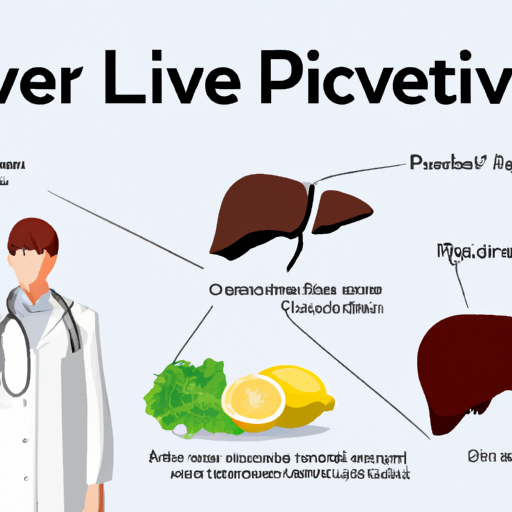Uncategorized
Managing Polycystic Liver Disease: Understanding Symptoms and More
- Polycystic Liver Disease: Understanding the Rare Genetic Disorder
- What Causes Polycystic Liver Disease?
- What are the Symptoms of Polycystic Liver Disease?
- Complications of Polycystic Liver Disease
- How Can Polycystic Liver Disease be Diagnosed?
- What are the Treatments for Polycystic Liver Disease?
- Does Your Diet Affect Polycystic Liver Disease?
- The Lowdown
Polycystic Liver Disease: Understanding the Rare Genetic Disorder
Polycystic liver disease (PLD or PCLD) is a rare genetic disorder characterized by multiple cysts within the liver. This progressive disease can cause a range of problems for those suffering from PLD. Learn more about this condition and its treatments.
What Causes Polycystic Liver Disease?
PLD is a genetic disorder caused by mutations in your DNA. PLD is characterized by abnormalities in key genes that help regulate normal liver function or cell function. Most commonly, PLD is from ductal-plate malformation during embryonic liver development.
What are the Symptoms of Polycystic Liver Disease?
For the majority of patients with PLD, the disease is asymptomatic, meaning it doesn’t cause the individual any problems. In a small percentage of PLD patients, abnormal growth of the liver or growth of individual cysts compressing other organs can cause a range of problems. The most common effects of symptomatic PLD are abdominal pain, swelling of the abdomen, and compression of surrounding organs which may affect the organs’ function.
Complications of Polycystic Liver Disease
While PLD is often asymptomatic, there are a few different complications that can result from the presence of cysts in your liver. The primary complications of PLD are bleeding into a cyst, infection of a cyst, and bile duct obstruction by a cyst.
How Can Polycystic Liver Disease be Diagnosed?
Polycystic liver disease is most often asymptomatic, meaning those with PLD don’t even know they have it. Symptomatic cases of PLD may trigger your doctor to investigate. Diagnosis of polycystic liver disease is only possible by imaging studies, such as ultrasound, MRI, or CT scan.
What are the Treatments for Polycystic Liver Disease?
Cyst aspiration and sclerotherapy, laparoscopic cyst fenestration, hepatic resection, liver transplantation, and medications are all potential treatments for PLD. However, there is a lack of adequate medical treatment options for PLD patients, though there are some potential therapeutics currently under investigation.
Does Your Diet Affect Polycystic Liver Disease?
While eating healthy is always advisable, there is no special diet for those with PLD. Experts recommend drinking between two and three liters of water per day and consuming a low-salt diet, both of which may help protect your kidneys from developing cysts like your liver has. A healthy diet is rich in fruits and vegetables, with a wider range of foods being the best. Furthermore, it is advisable to avoid excess alcohol intake.
The Lowdown
Polycystic liver disease usually doesn’t cause problems for those diagnosed with it, but in some cases, it can. There are different treatment options for PLD. If you are worried you may have PLD, it is a good idea to talk to your doctor.

 Skip to content
Skip to content


